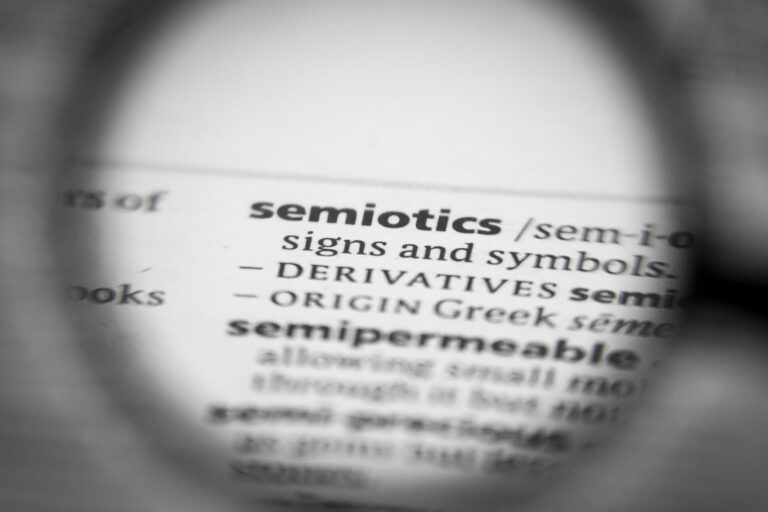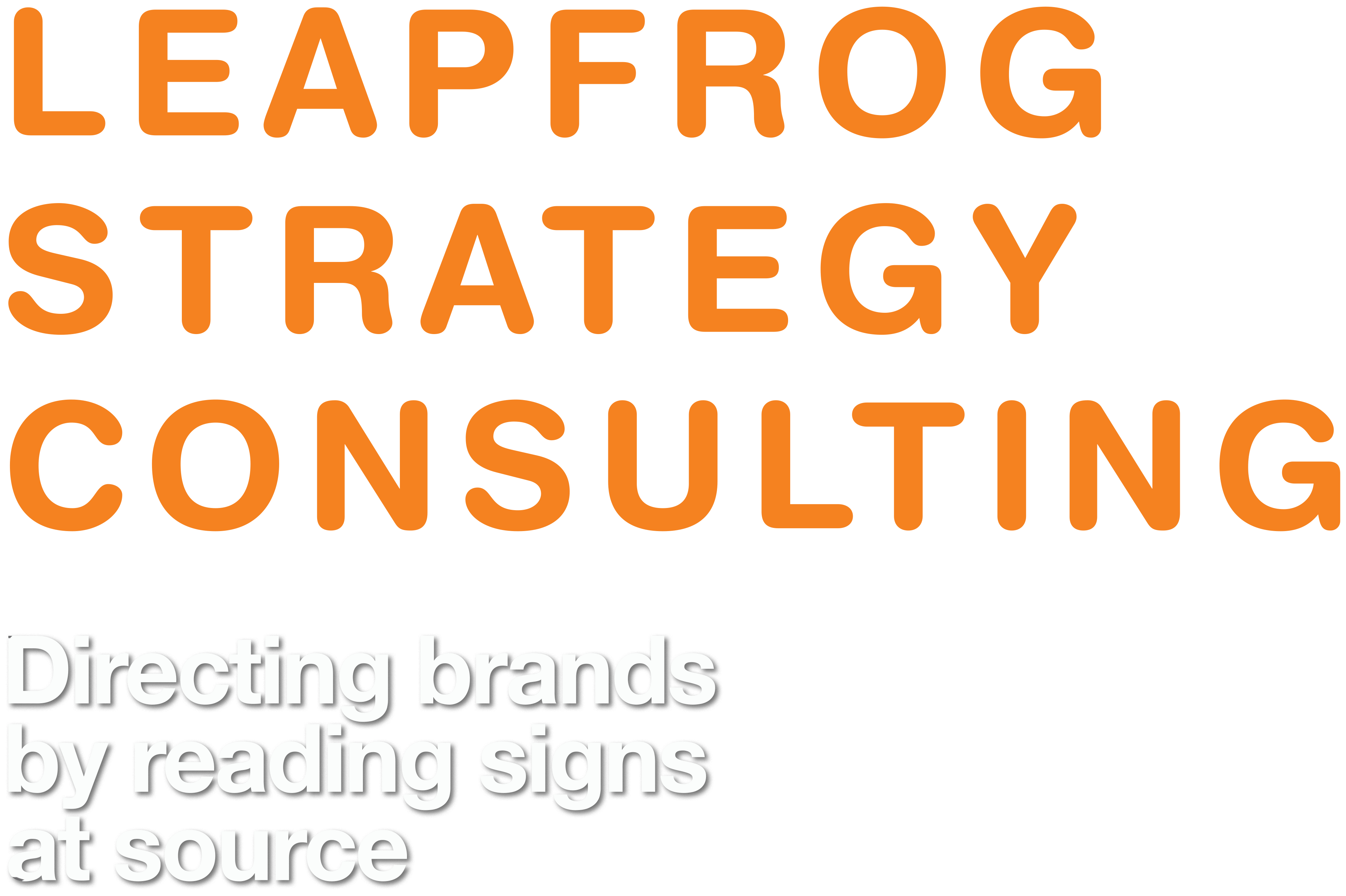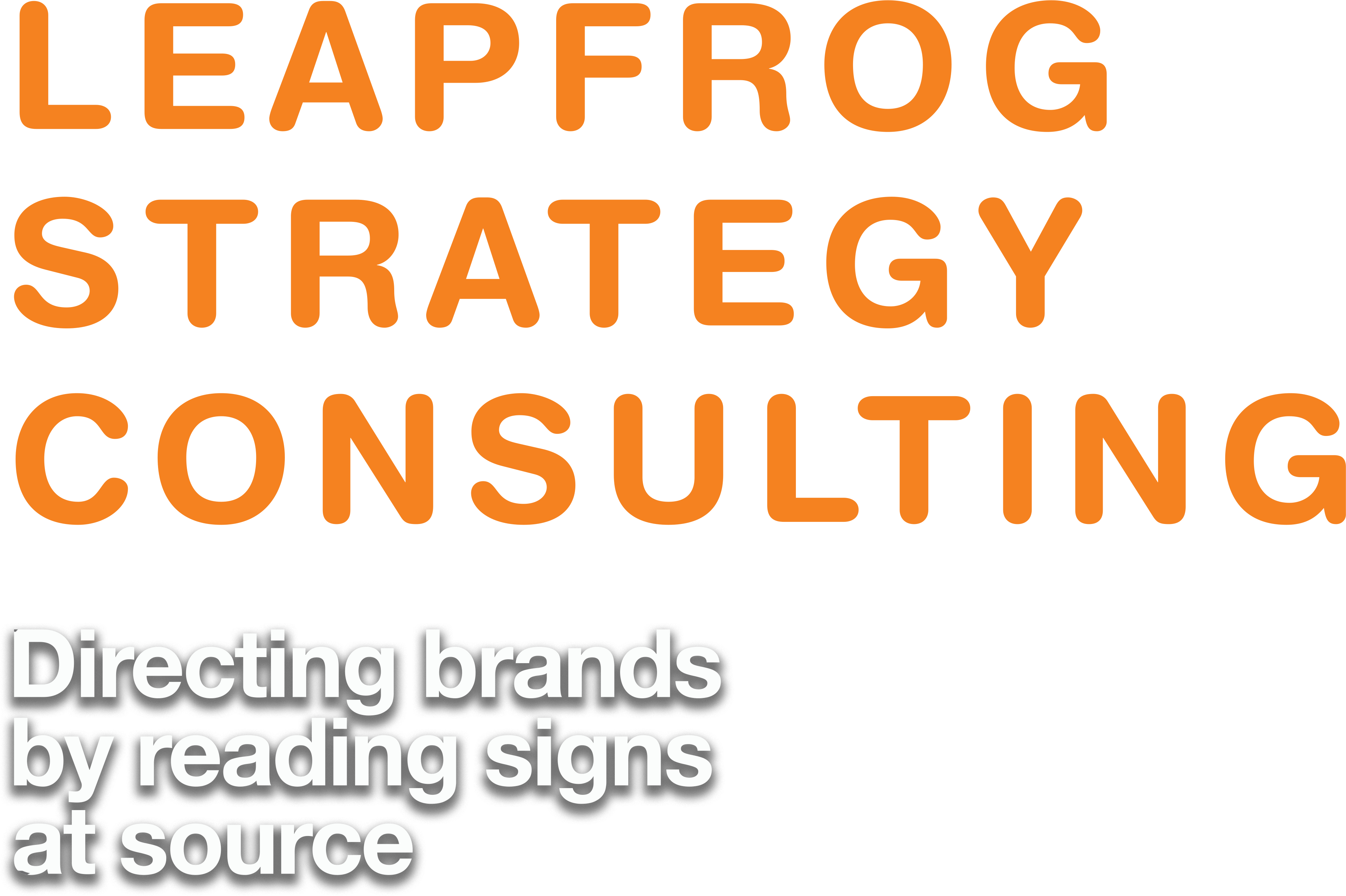What is semiotics?
Semiotics is the formal study of representation and meaning making. The discipline sits at the intersection of linguistics, philosophy, anthropology and biology. It draws from and impacts the insights of all these four disciplines. The name itself derives from the Greek word for sign, which is simeon.
Early concepts to do with the exploration of signs and semiosis/signification were part of the Western philosophical tradition among Greek philosophers. Even medieval Western philosophers and thinkers referred to aspects that were semiotic in nature. However, after the Enlightenment and the rise of science and the scientific method, semiotics went into a period of decline, it was not much worked upon.

What is semiotics theory and who founded semiotics?
The modern study of semiotics began with the work of two pioneers who worked on the basic frameworks from two different directions. One was the Swiss linguist, Ferdinand de Saussure, whose approach is often, also referred to as semiology. As a linguist, he studied words and languages and how meaning is encoded into language. He came up with a number of insights into the structure of signs and meaning formation which are still used by semioticians today in their day-to-day work.
The second was an American philosopher, logician, mathematician, Charles Sanders Pierce. Pierce wanted to create a general theory and typology of signs and sign interpretation or semiosis that would be applicable across all classes of signs. Pierce’s concepts and insights went beyond language and linguistic signs to all types of signs, visual, mathematical, aural and so on. He also thought more deeply about semiosis, viz the process of sign interpretation itself, not just sign creation.
There were two fundamental developments in semiotics after the work of the two pioneers in the late 19th and early 20th century. One was the turn to culture and the other to biology. The cultural turn to semiotics was pioneered by French thinkers in the 1960s and 70s. Claude Levi Strauss, the leading anthropologist applied many of the insights from the structure of language to the study of culture and had good success. Roland Barthes was a literary critic and semiotician who pioneered the method of undertaking cultural readings of everyday social life and uncovering the deeper power structures or myths at work in producing the well-understood and ‘naturalised’ concepts that everyone holds to be true. He revealed the ‘constructed’ nature of social reality.
The biology turn was pioneered by Jakob von Uexkull who explored questions of semiosis and meaning making in all living beings and not just humans. This led to questions of animal communication and even intra-cellular communication. Biosemiotics today is a significant enterprise within the field and in fact is leading the future of the discipline.
What are the three areas in semiotics?
The most recent semiotics examples are in the areas of marketing and innovation for business i.e. semiotics in marketing. Marketers produce an extra-ordinary quantum of communication in order to generate profitable, consumer demand. They work hard at building brands in order to strengthen consumer preference and to charge a price premium in the category. Every marketer worth his salt, wants to build demand for brands rather than commodities. In terms of innovating new products and services, these products not only need to solve people’s problems and be aesthetically pleasing, they also need to be interpretable for deeper meaning.
Brand Semiotics
Brand Semiotics i.e. Semiotics in advertising does a deep dive into brands and their meaning via semiotic audits of brands. This involves studying products, packs and advertising/communication over time, covering the history of the brand as well as in comparison to competition. It also involves trying to identify the brand myths or over-arching narratives of promise built into the brand’s symbolism, through its history. Such a deep dive semiotic brand audit gives brand owners a deeper insight into the core of their brand and how it should be managed in order to secure its long term future.
Category Semiotics
Category Semiotics applies the semiotic lens more deeply into the product category or the core activity that lies at the heart of the category need and relevance. This can involve studying concepts and their place and role in culture e.g. luxury, beauty, masculinity, biking etc. or the product itself e.g. diamonds or detergents. Identifying the category codes enables marketers to make more informed decisions about how far they wish to align with category codes or whether they wish to challenge them in order to disrupt a market.
Packaging, advertising and culture can all be studied using semiotic theories and frameworks to provide marketers with wider perspectives and deeper insight to guide their development work as well as to strategise about the longer term future.
References:
Daniel Chandler: Semiotics – the Basics, 2nd Edition
Paul Cobley Ed: The Routledge Companion to Semiotics
Paul Cobley Ed: The Routledge Companion to Semiotics and Linguistics


